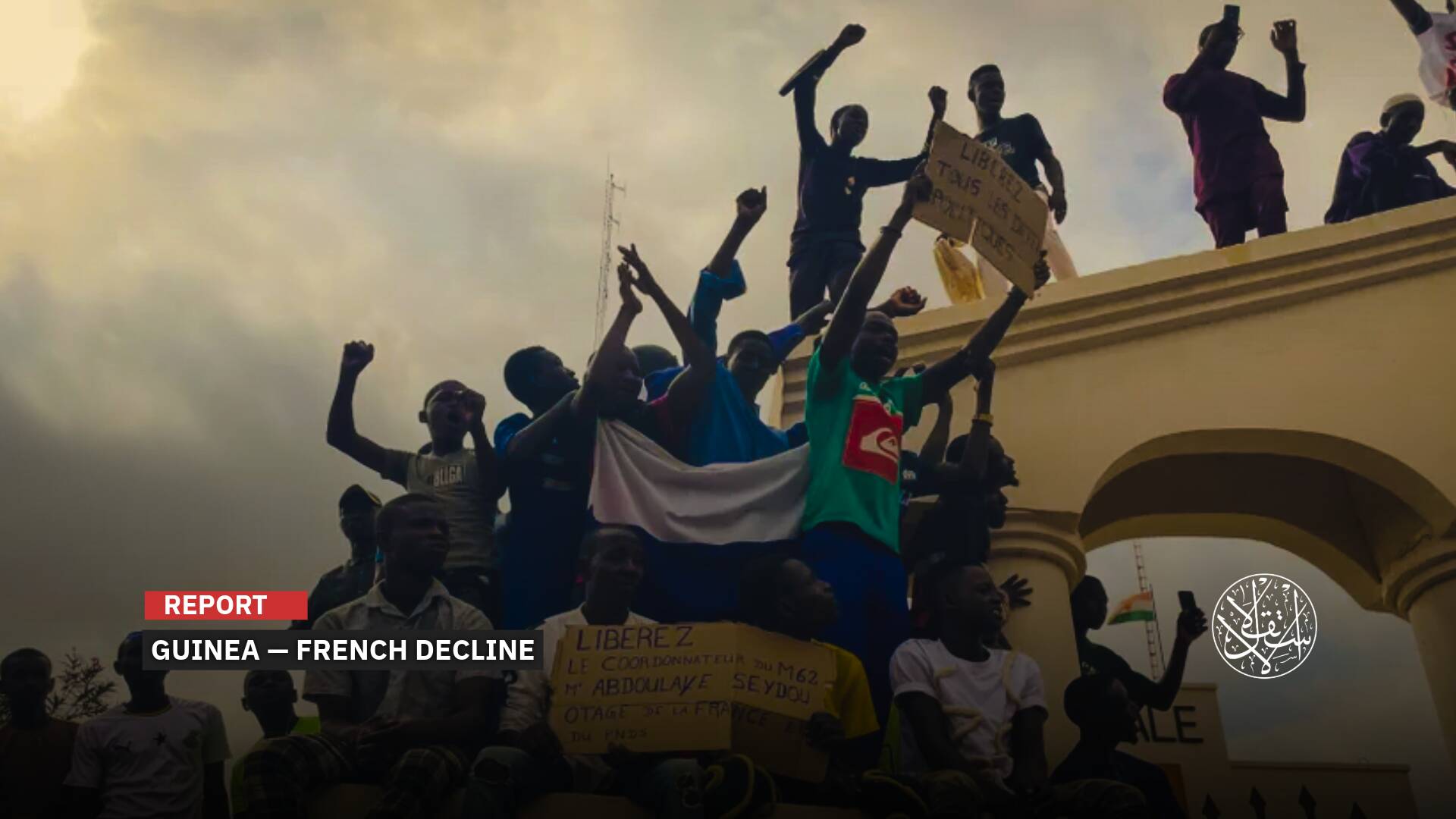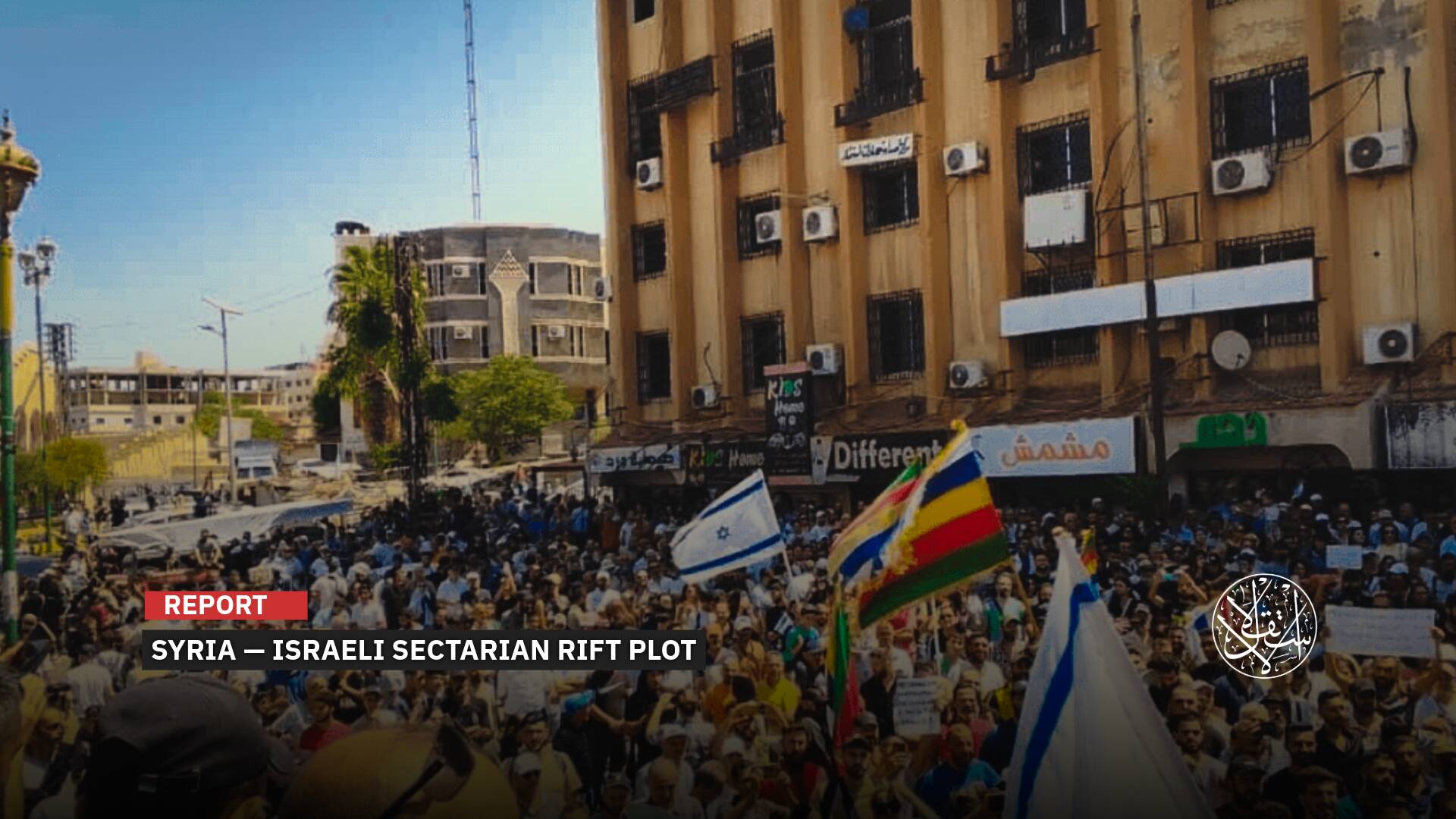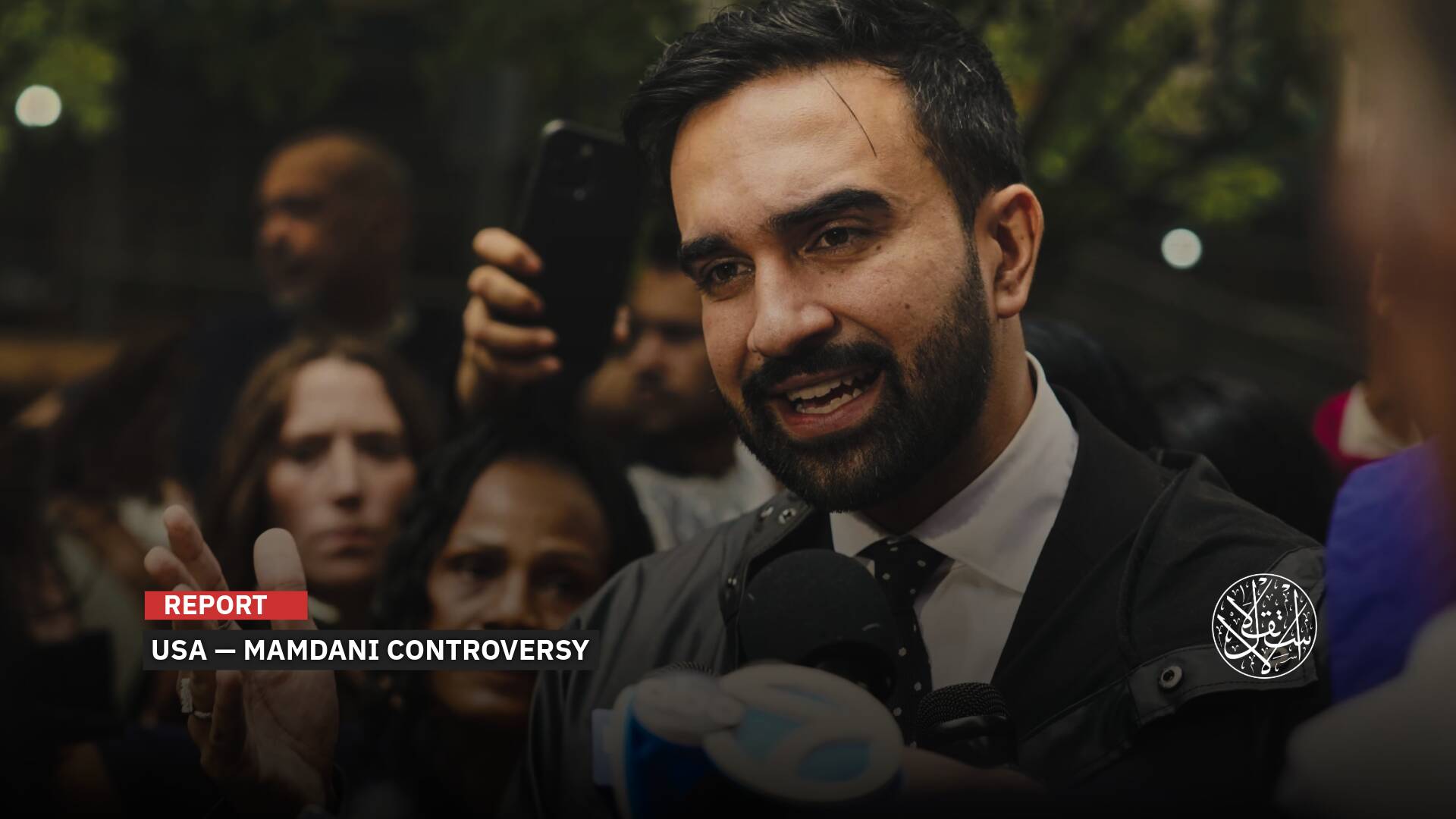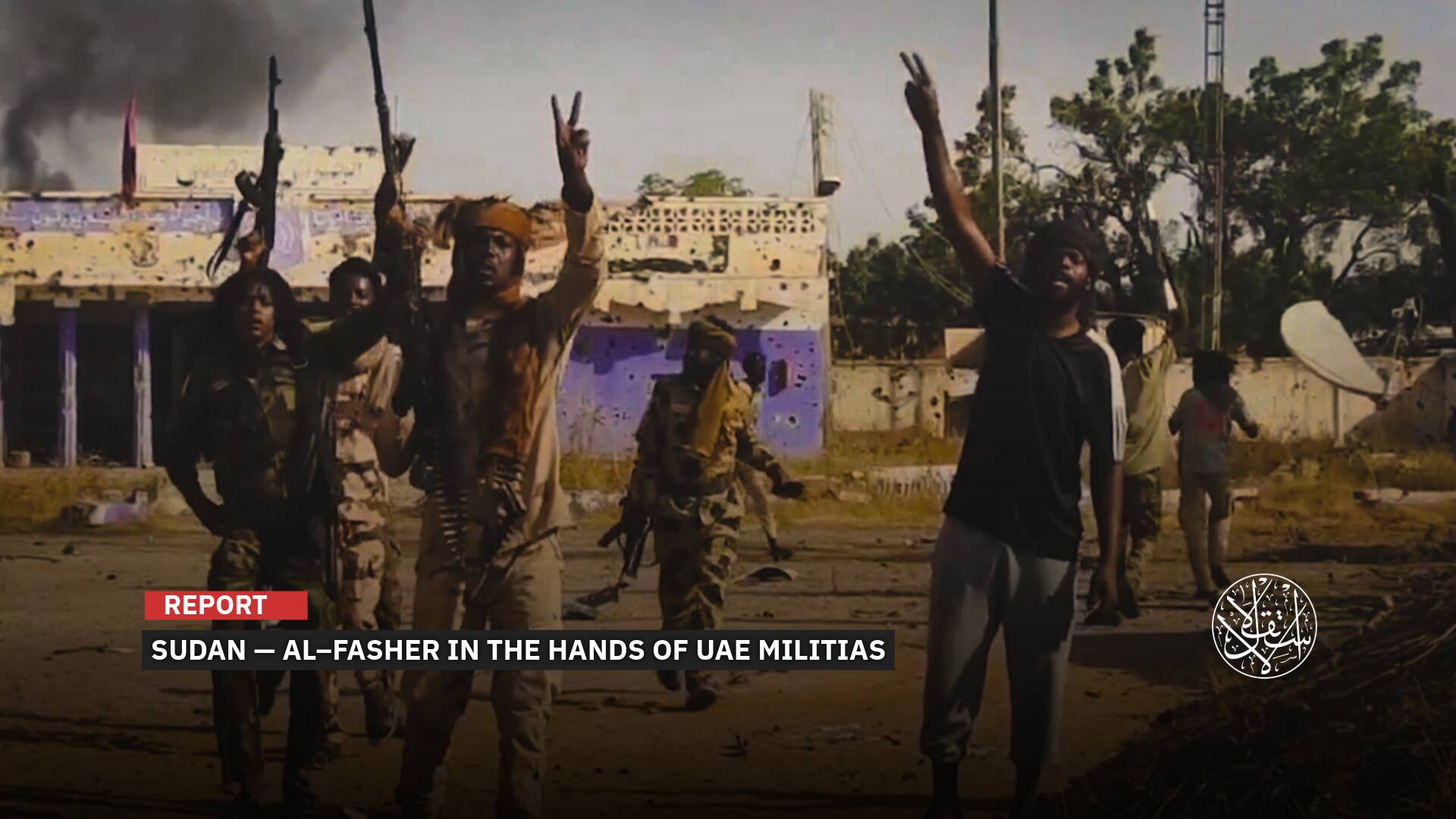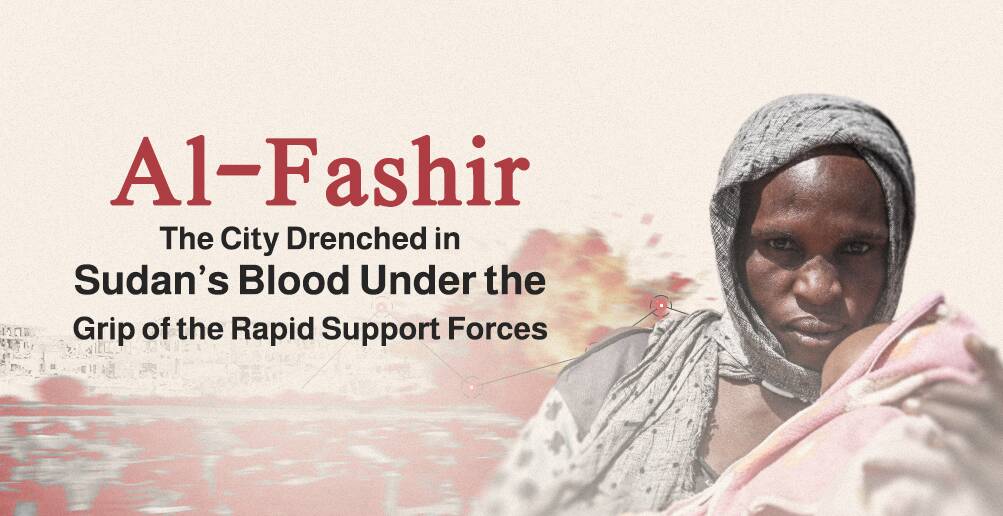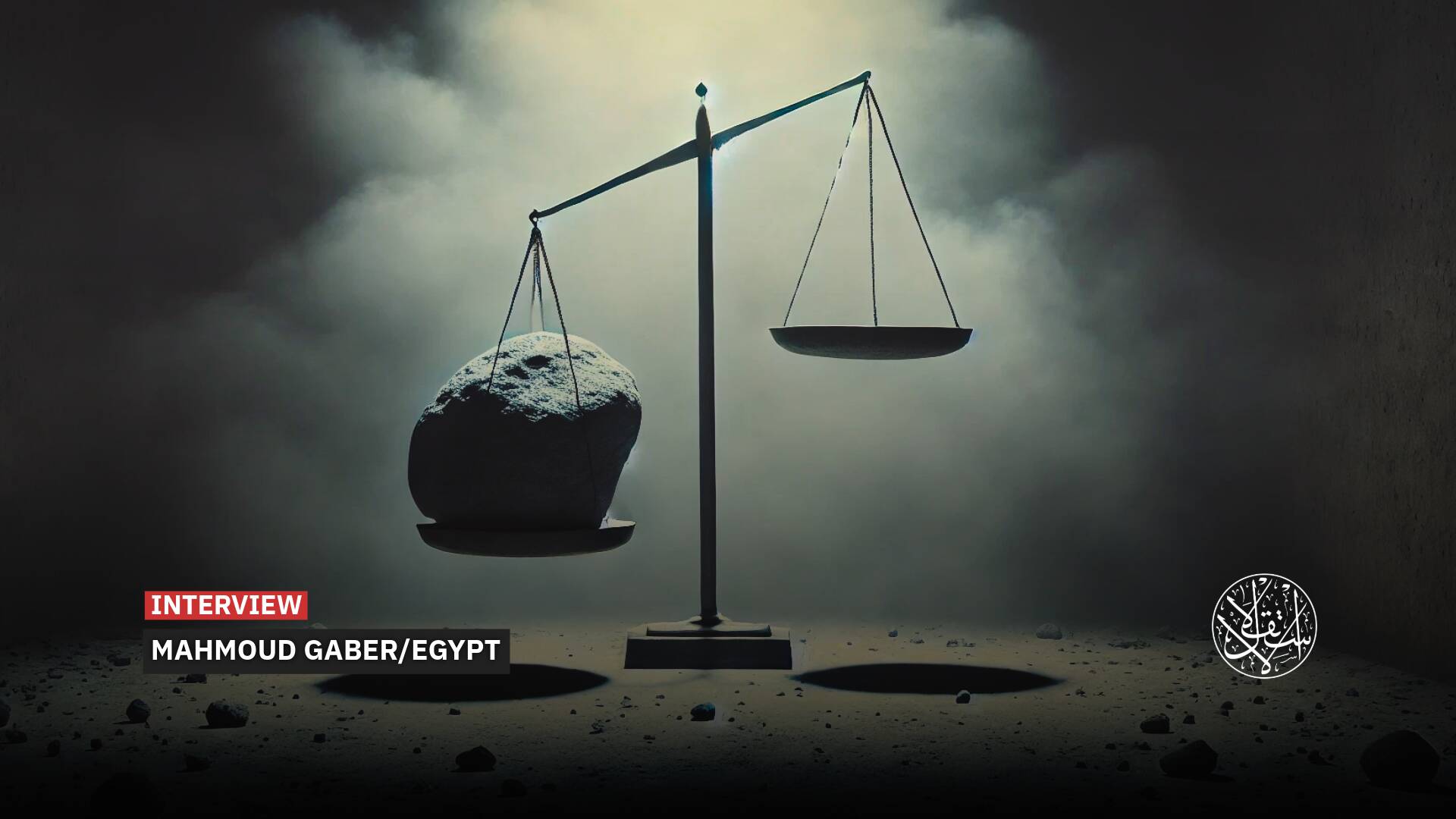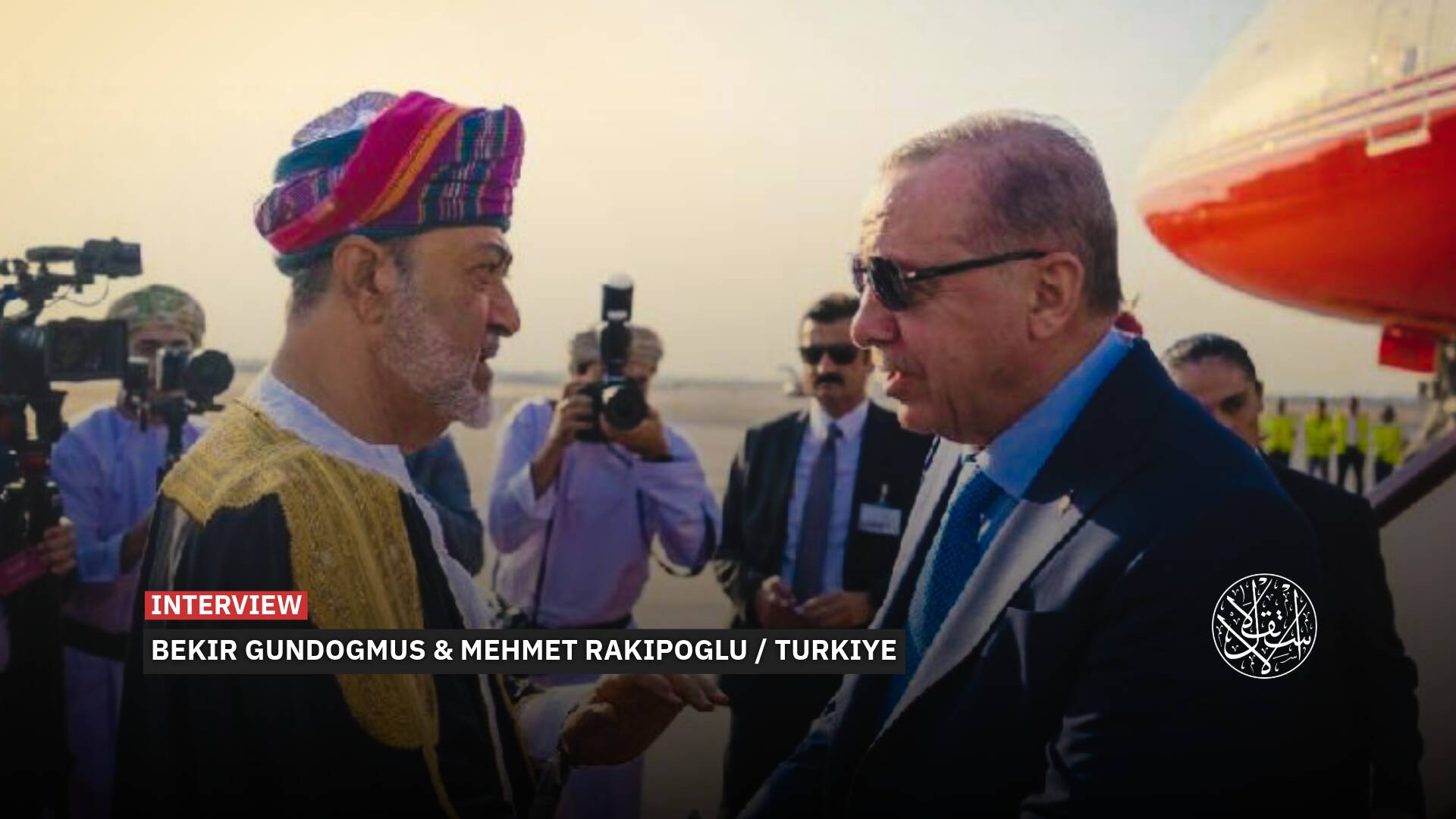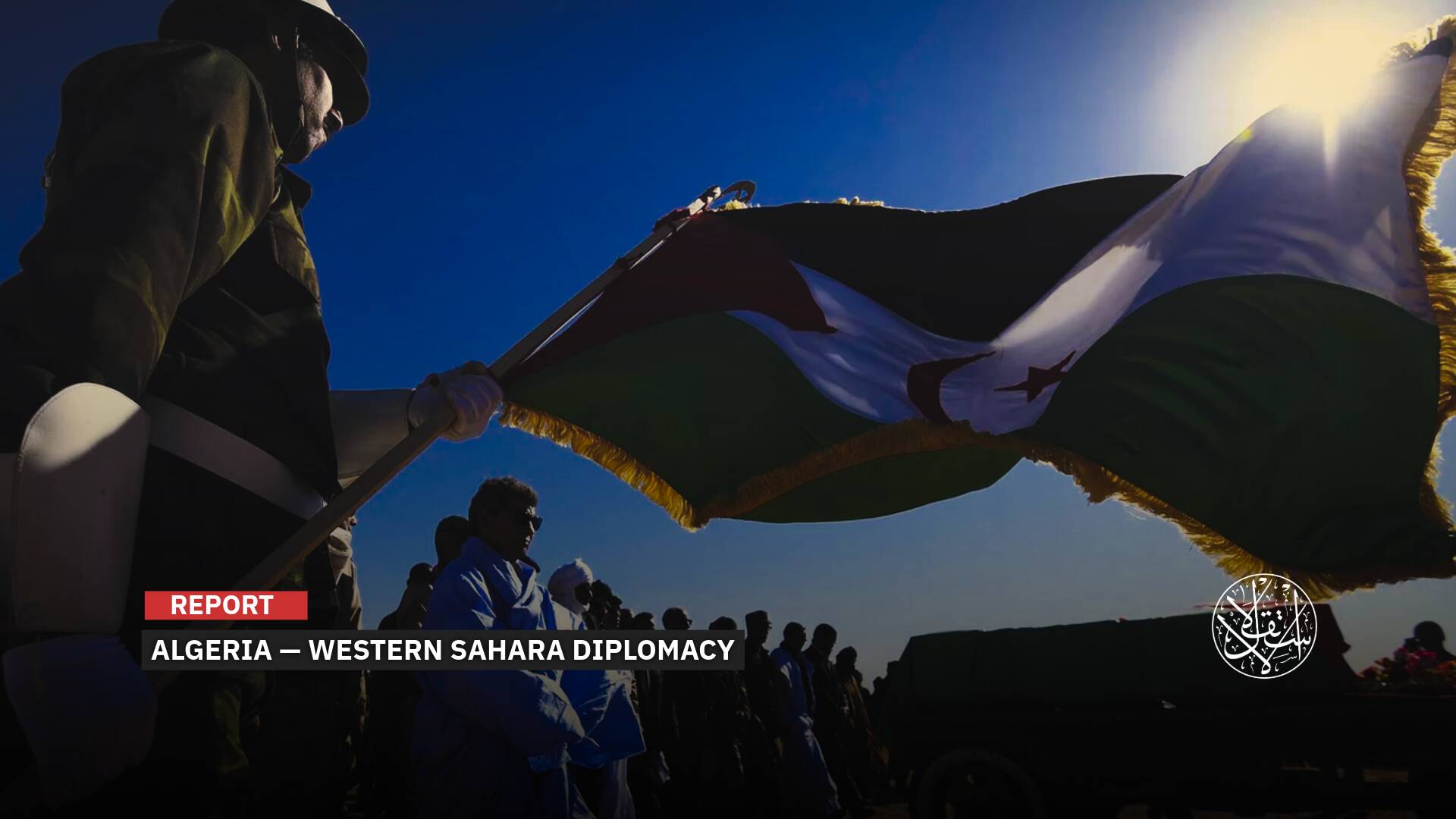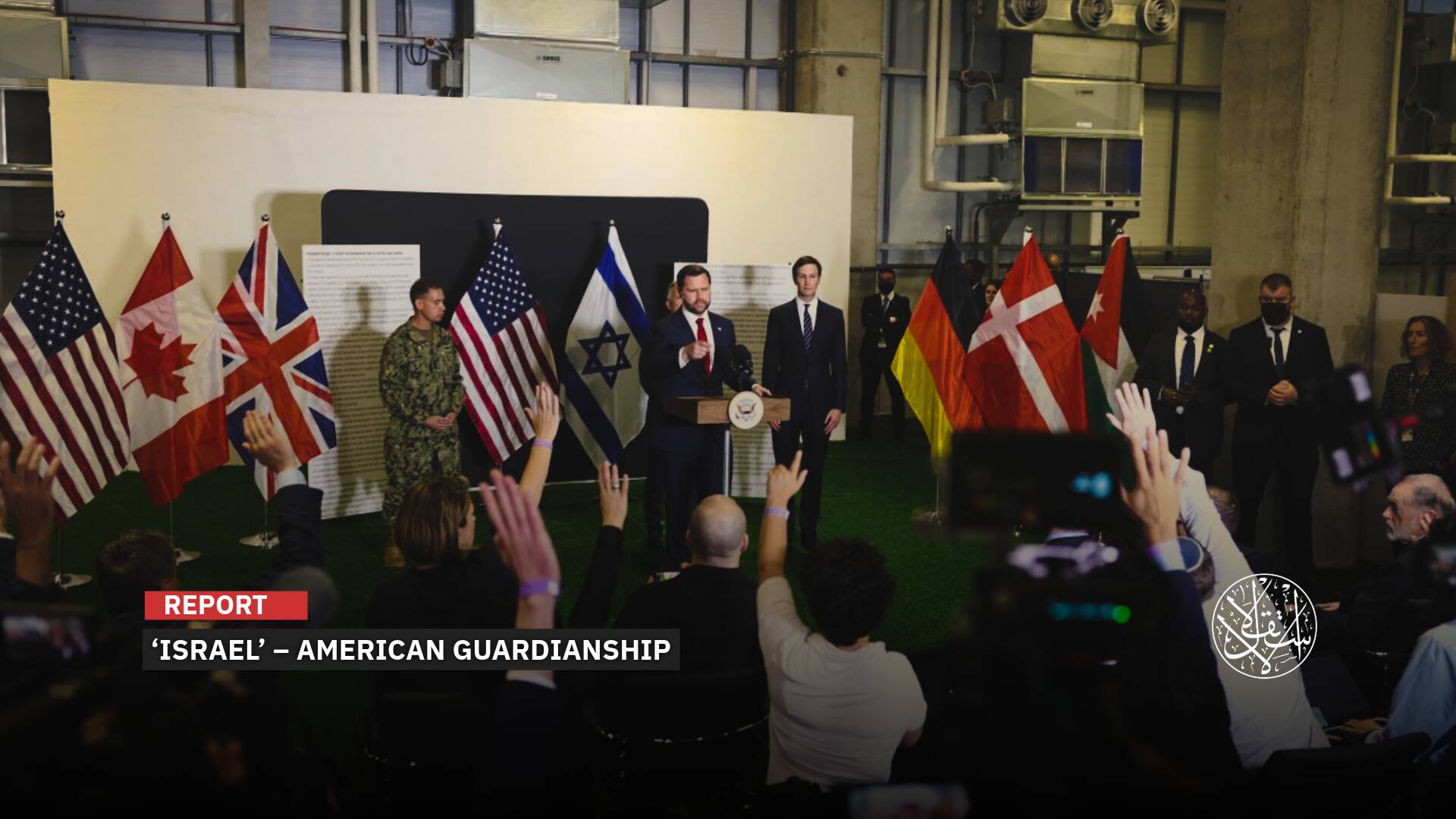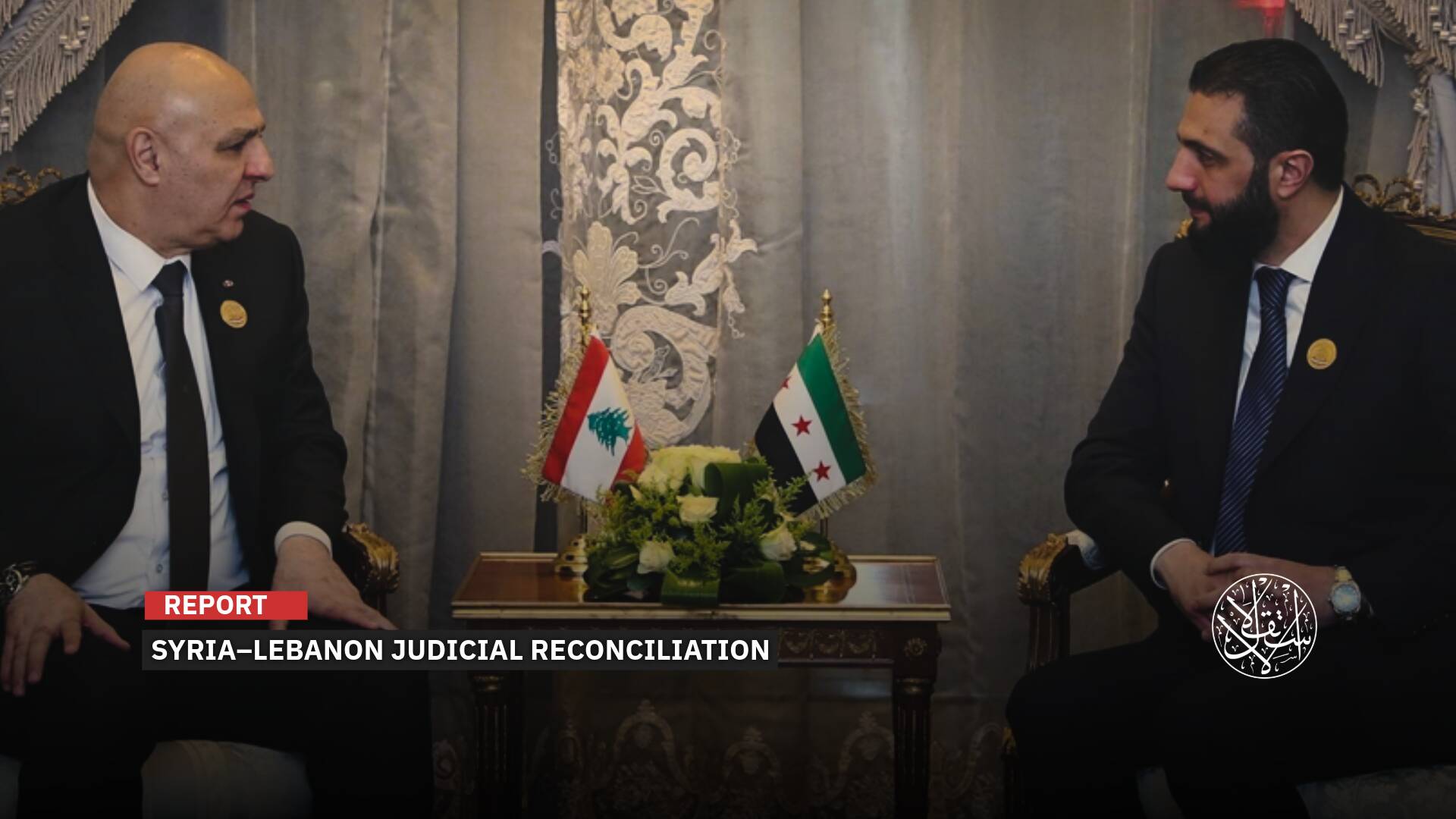Trump Ties Ethiopia Dam Deal to Gaza Forced Displacement Plan in New Offer to el-Sisi?
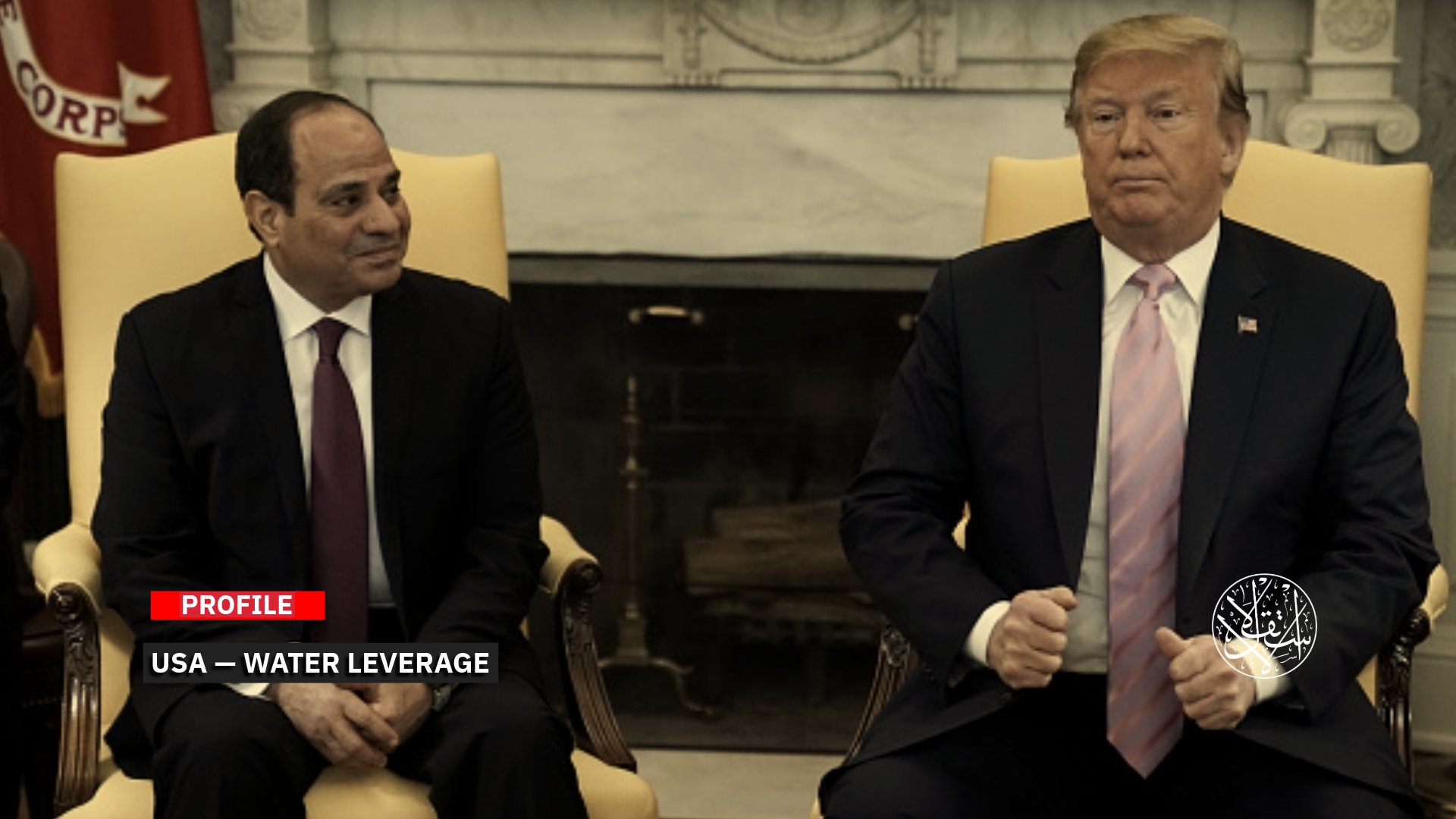
During a White House meeting with NATO Secretary General Mark Rutte on July 14, 2025, President Donald Trump once again claimed that the United States had funded Ethiopia’s Grand Renaissance Dam.
Unprompted, Trump declared that he would be intervening very soon to resolve the ongoing dispute—pitting Cairo and Khartoum on one side, and Addis Ababa on the other.
He expressed sympathy for Egypt, arguing that the dam “impacts downstream countries’ share of water, especially during periods of drought.”
Trump’s claim that the United States financed the Grand Ethiopian Renaissance Dam—an assertion he has now repeated three times, including once during the presidency of his rival Joe Biden, and again in June and July of 2025—is, according to international reports, demonstrably false.
The widely accepted and documented narrative is that the dam was primarily funded by China, to the tune of around $3 billion, alongside domestic Ethiopian financing and contributions from Gulf tycoons and business elites. There has been no verified American involvement in its funding.
So why the insistence—now for a third time? And why now, with no clear provocation, in the middle of a meeting with the head of NATO?
If Trump—the self-styled “deal-maker”—is suddenly offering to mediate the long-running Nile dam dispute, seemingly unprompted and without an overt request from Cairo, the question inevitably follows: what’s the deal he’s angling for? What does he want in return from Egypt?
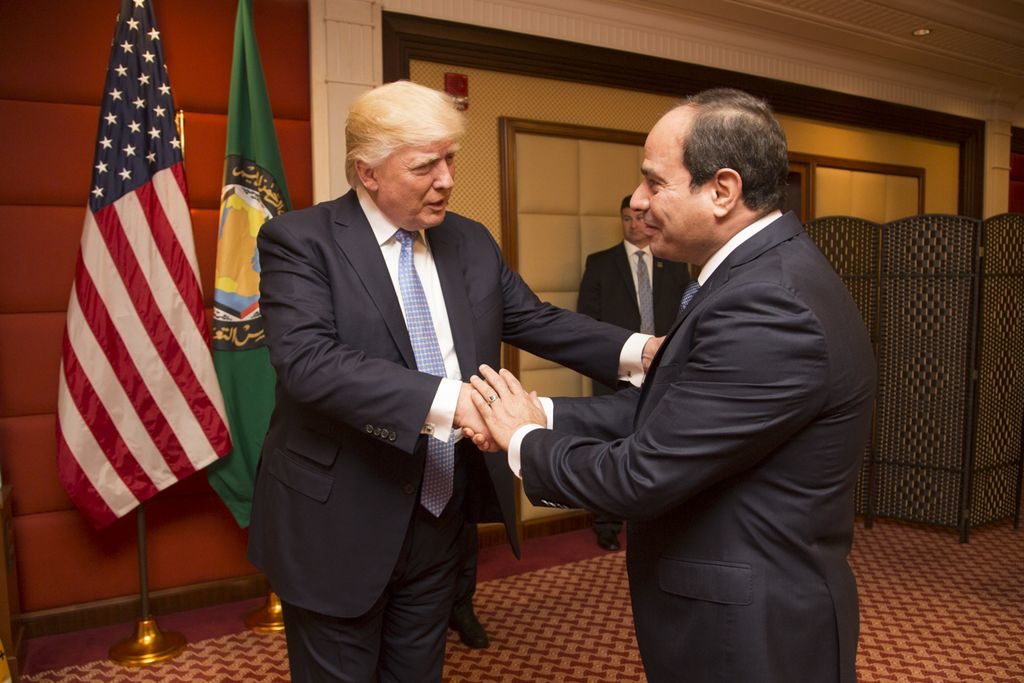
Multiple Goals
Trump’s remarks coincided with a statement by Ethiopian Prime Minister Abiy Ahmed on July 3, 2025, announcing that the Grand Renaissance Dam would be officially inaugurated in September 2025, with invitations to be extended to both Egypt and Sudan to attend the opening ceremony.
They also came just days after Egypt’s Foreign Minister Badr Abdel Aaty, on June 30, 2025, reiterated that water security remains Cairo’s foremost existential threat, declaring unequivocally that “Egypt will not, under any circumstances, allow its historic share of Nile waters to be compromised.”
In a pointed remark that coincided with Trump’s statement, Foreign Minister Abdel Aaty added, “We have exhausted all avenues of negotiation over the Renaissance Dam for more than 11 years, without achieving any results.”
For many Egyptian politicians and analysts, Trump’s comments appear laced with ulterior motives—what some describe as a “loaded statement” that opens the door to multiple interpretations.
One possible reading is that it serves as a veiled threat to Ethiopia, pressuring it to sign a long-delayed agreement on the dam’s management with Egypt and Sudan.
After all, during his first term, Trump famously warned that Egypt might "blow up" the Ethiopian-built dam—but the question now, as then, remains: in exchange for what?
In essence, Trump appears to be offering Egypt a “service”: forcing Ethiopia to sign a long-delayed agreement—though at a price that remains conspicuously undefined.
Some observers speculate that this price could involve Egypt’s participation in a long-standing and controversial plan to relocate Palestinians—perhaps in a revised form that would see them confined to southern Gaza, near Rafah, along Egypt’s border, effectively creating a new kind of ghetto.
Cairo has consistently rejected such proposals, citing grave threats to its national security.
Others suggest Trump’s proposed intervention may be transactional in a broader sense—aimed at closing several sensitive regional files where Egypt’s cooperation is pivotal: Gaza, Sudan, normalization with “Israel,” and participation in a proposed U.S.-Israeli regional security coalition.
Trump’s statement appears to oscillate between flattery, coercion, and transactional bargaining—an ambiguous gesture seemingly aimed at resolving regional files he has left unnamed, but which are widely known and long contested between him and Cairo.
The irony is not lost on observers: this is not the first time Trump has promised to solve the Renaissance Dam crisis.
Back in 2020, during his first term, he failed to pressure Ethiopia into signing a U.S.-brokered deal in Washington, despite enjoying warm relations at the time with Egypt’s head of the regime Abdel Fattah el-Sisi.
Today, the political climate is markedly different. Relations between Trump and el-Sisi have grown tense and fraught.
Cairo has officially rejected his reported request to relocate Palestinians from Gaza into Sinai—an idea Egypt views as a direct threat to its national security.
The government has also rebuffed U.S. demands to allow American warships free passage through the Suez Canal, in exchange for targeting Houthi forces seen as threatening Red Sea navigation.
This view is echoed by Dr. Badr Shafaie, an expert on African affairs, who told Al-Estiklal that Trump may be attempting to curry favor with Cairo through his comments on Egypt’s water rights—possibly even signaling a willingness to turn a blind eye to any Egyptian military move against Ethiopia, in exchange for Egypt’s acceptance of a plan to relocate Gaza’s population.
But Shafaie was quick to note that such overtures now ring hollow. “Trump’s attempt to dangle the dam issue as leverage is meaningless at this stage—the dam is already built and filled,” he said. “If he truly opposed it, he would have penalized Ethiopia in 2020 when it refused to sign the agreement his administration drafted.”
A European diplomatic source also told Mada Masr on July 15, 2025, that the renewed U.S. engagement on the dam issue does not appear to be isolated, but rather part of a broader set of demands directed at Cairo—particularly in light of the ongoing developments in Gaza.
According to the source, Washington is hoping that Egypt will demonstrate a degree of flexibility in dealing with Gaza’s post-war future.
This, the source explained, may entail closer security coordination between Cairo and “Tel Aviv,” and potentially even Egypt’s temporary acceptance of a limited Palestinian presence on its territory.
This would be, the source added, “until arrangements are made for those departing Gaza to reach their final destination,” along with Egypt’s understanding that “Israel” may remain in control of the Philadelphi Corridor for an extended period.
However, Dr. Mohamed Hamed, a civil engineering professor in Egypt, offered a different reading. He dismissed any direct link between Trump’s dam remarks and the forced displacement plans.
Speaking to Al-Estiklal, Hamed argued that what he described as the “Zionist-American-Ethiopian conspiracy” against the Nile has roots stretching back over 70 years—beginning with the nationalization of the Suez Canal and the launch of the Aswan High Dam project.
“I don’t believe Trump is sincere in what he says,” Hamed added. “I think he wants to broker a deal between Egypt, Ethiopia, and the Zionist entity—one that would see Israel gain two to three billion cubic meters of water annually.”
He pointed out that this idea has long been on “Israel’s” agenda, dating back to the Camp David Accords in 1978, but repeatedly failed due to overwhelming public opposition in Egypt.
“Trump is a businessman,” Hamed said. “His whole life is built around making deals.”
New Trade-Off
Notably, the Egyptian presidency responded positively to President Trump’s remarks about “reaching a fair agreement that preserves everyone’s interests regarding the Ethiopian dam,” emphasizing in a statement issued on July 15, 2025, the vital significance of the Nile as Egypt’s lifeline.
Egyptian political sources interpreted head of the regime el-Sisi’s praise of Trump’s comments—and the assertion that they “demonstrate the United States’ seriousness under his leadership in efforts to resolve conflicts and halt wars”—as potentially signaling a willingness to engage with the implied “trade-off.”
Earlier, in early February 2025, following a phone call from el-Sisi in which the idea of Palestinian forced displacement was raised, a White House statement revealed that the two leaders discussed the Grand Ethiopian Renaissance Dam.
At the time, Egyptian sources told Al-Estiklal that Trump may have offered Sisi a quid pro quo: mediate the dam crisis on the basis of “help me with Gaza, and I’ll help you with Ethiopia” — the very deal many believe the former president is attempting to revive now.
Trump previously played the role of mediator in the dam negotiations in 2019 and 2020, when Washington hosted talks between Egypt, Sudan, and Ethiopia under the auspices of then-Treasury Secretary Steven Mnuchin. However, the effort ultimately failed after Addis Ababa refused to sign the American-drafted agreement.
On February 4, 2025, Maariv reported that Trump may indeed have sought to trade the dam file with el-Sisi in exchange for approval of the forced displacement plan.
During his first term (2017–2021), before the dam’s construction was completed, Trump implicitly gave Egypt the green light for a military solution in October 2020.
According to Trump, “They'll end up blowing up the dam. And I said it and I say it loud and clear -- they'll blow up that dam. And they have to do something.”
“They should have stopped it long before it started,” Trump said, regretting that Egypt was in domestic tumult when the Grand Ethiopian Renaissance Dam project began in 2011.
The remarks sparked considerable confusion in Egypt and drew sharp criticism in Ethiopia, with many in both countries interpreting them as a de facto American green light for military action to destroy the dam—an infrastructure that has withheld billions of cubic meters of Nile water from downstream nations.
Since 2021, Ethiopia has independently filled the dam’s reservoir six times, completing both its construction and filling by 2025.
The dam is set to be officially inaugurated in September 2025, with no agreement reached with the downstream countries.
Despite the dam’s serious implications, Cairo has officially confined itself to warnings about the risks posed.
Egypt’s irrigation minister, Hani Sewilam, condemned what he described as Ethiopia’s “domination” over Egypt’s water resources.
Meanwhile, Foreign Minister Badr Abdel Aaty asserted that “Egypt retains the right to self-defense”—a refrain Cairo has repeated consistently since the dam’s construction and filling began, yet without taking decisive action, ultimately losing the initiative.
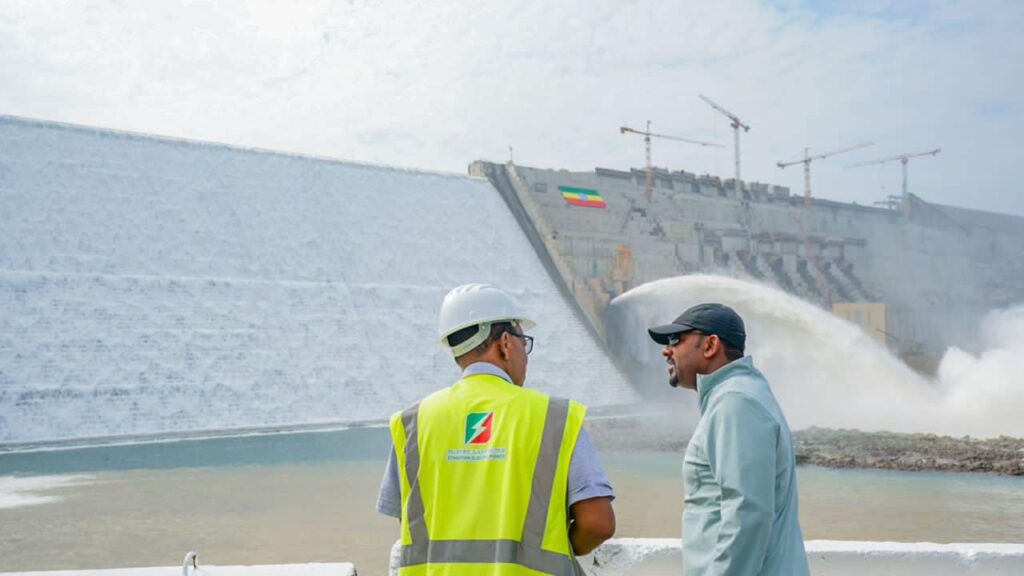
Water Dominance
With Abiy Ahmed’s announcement of the completion and full filling of the Ethiopian Renaissance Dam—holding some 76 billion cubic meters of water and costing $5 billion—and its official inauguration slated for September, relations between Cairo and Addis Ababa have entered a new phase marked by Ethiopian sovereignty and dominance over the Nile’s water resources.
This development leaves Egypt with a limited set of options, particularly amid speculation that Trump may attempt to leverage the dam issue as a bargaining chip to pressure Cairo into acquiescing to his demands regarding Gaza.
Such demands come after his shattered vision of transforming Gaza into the “Riviera of the Middle East” for anyone but the Palestinians themselves, coupled with his insistence that Gaza’s residents be relocated into Sinai.
Experts and analysts on African affairs link recent developments to Ethiopia’s ambition to become a continental superpower, leveraging its control over water resources—given that 86 percent of the Nile’s flow passes through its territory.
They argue that the completion and inauguration of the Renaissance Dam will serve as a pivotal tool to reshape the economic, political, and social dynamics within the Nile Basin, symbolizing a shift in the balance of power across the region.
Dr. Badr Shafaie, an expert on African affairs, emphasizes that the dam will grant Ethiopia greater momentum to assert its dominance over the region—and over Egypt in particular.
Speaking to Al-Estiklal, Dr. Shafaie explained that Ethiopia’s ambitions will become clearer as it seeks to construct four additional dams beyond the Renaissance Dam, aiming to exert greater control over the Nile’s waters and their flow to Egypt.
He outlined Ethiopia’s strategy to position itself as a “leading state” in the broader East African region, and specifically within the Nile Basin, aspiring to join the ranks of Africa’s five most influential countries.
Shafaie described this as an old, yet revived, project that Prime Minister Abiy Ahmed is trying to resurrect, with water serving as a key lever in Ethiopia’s pursuit of regional dominance.
Shafaie believes that Ethiopia holds many cards beyond just water, which it is playing to challenge Egypt’s longstanding dominance over the Nile Basin and establish itself as the region’s new hegemon.
“The completion and filling of the Renaissance Dam has given Ethiopia significant leverage in this regard,” Shafaie added.
Equally, the implementation of the Entebbe Agreement without Egypt and Sudan has bolstered Ethiopia’s position, lending it considerable weight as a proxy for Western and American interests in this strategically sensitive part of East Africa, near the Red Sea and the Bab el-Mandeb strait, according to the African affairs expert.
Shafaie suggests that Egypt’s silence could eventually prompt Ethiopia to attempt selling water to Cairo in the future.
In return, Egypt might become a transit hub for Ethiopian electricity exports to Europe—mirroring Cairo’s current role in selling Israeli gas.
This would involve Egypt developing a joint Egyptian-Ethiopian power grid to facilitate the transfer of Ethiopian electricity to Europe—a form of quid pro quo that would place Cairo in a difficult position, forcing it to confront significant challenges in countering Ethiopia’s growing dominance.
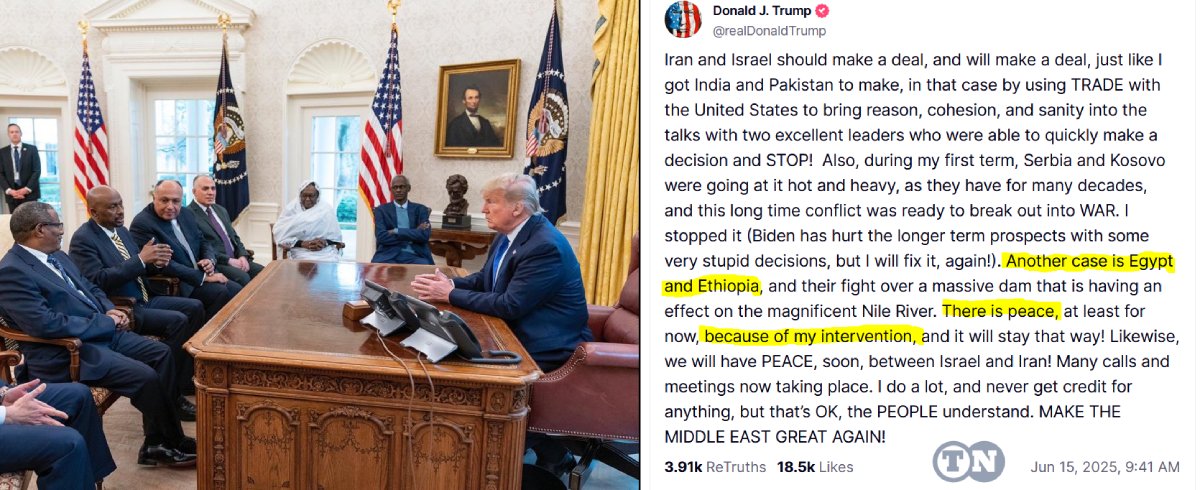
Did the U.S. Fund It?
In public statements on his Truth Social account, Trump went beyond expressing optimism about a possible resolution to the Nile dispute, claiming credit for averting war between Egypt and Ethiopia.
He said there is “peace, at least for now,” thanks to his intervention—a reference to the talks he hosted in October 2020 with officials from Egypt, Sudan, and Ethiopia—although he warned at the time that “Cairo will blow up the dam if the crisis continues.”
The timing of his remarks appears calculated to lay the groundwork for renewed involvement in resolving the dam dispute, stating: “We will work to solve the impasse between Egypt, Sudan, and Ethiopia,” though the price he expects in return remains undisclosed.
The price, some suggest, could also be an effort to polish his image in pursuit of a Nobel Prize—a prize Trump has openly coveted—by highlighting his role in attempting to resolve conflicts across multiple regions worldwide.
After several rounds of talks in Washington, Ethiopia refused to sign the agreement, while Egypt ratified it.
This prompted Trump to lash out at Addis Ababa, criticizing what he described as its “intransigent” stance in the dam negotiations.
Speaking to cameras, he warned that Egypt might resort to “blowing up the dam; because they won’t be able to live with it otherwise.”
He added pointedly of Cairo, “They should have stopped it long before it even began.”
Trump commented on the agreement, saying, “I found them a deal, but Ethiopia unfortunately violated it, and they shouldn’t have done that—it was a big mistake.”
This time, Trump framed his intervention in the dam dispute around the claim that the United States funded it, seemingly to remind Ethiopians of their debt to America and to pressure them into accepting his new proposals to resolve the crisis.
However, Ethiopian officials strongly denied Trump’s assertions. Arigawi Berhe, director of the Renaissance Dam’s Public Engagement Office, described the former president’s statements as “irresponsible” and “based on incorrect information,” emphasizing that the dam was “built by the Ethiopian people.”
Despite Ethiopia’s official rhetoric denying foreign funding, the reality of the dam’s financing is more complex.
While Ethiopia covered the majority of the cost through public bonds, several foreign companies and entities contributed to financing the dam’s associated infrastructure.
According to international reports, China, Italy, France, the UAE, and Turkiye all played engineering and financial roles in the dam’s construction.
Notably, China and its state-owned banks were the sole foreign financiers of the dam’s infrastructure.
In 2013, the Export-Import Bank of China provided a $1.2 billion loan to construct power transmission lines connecting the dam to the national grid.
During Prime Minister Abiy Ahmed’s visit to Beijing in 2019, China extended an additional $1.8 billion to support renewable energy infrastructure linked to the dam.
Altogether, Chinese loans for the project have amounted to approximately $3 billion—funds that have been vital to auxiliary projects used to transmit the electricity generated by the dam.
Four Chinese engineering firms were responsible for supplying the turbines, electrical components, and engineering services for the project.
Meanwhile, the Italian company Salini Impregilo—later rebranded as Webuild—handled the main civil construction works.
There is no evidence whatsoever that the United States provided direct or indirect support or funding to Ethiopia related to the Renaissance Dam.
Journalist Mahmoud Shahoud, based in the United States, shared on Facebook that he had spoken by phone with former U.S. ambassador to Ethiopia David H. Shinn, asking whether Washington had any role in financing the Renaissance Dam. Shinn responded with a firm “no.”
“The funding was entirely provided by the Ethiopian government, through bonds and national campaigns that called on Ethiopian citizens to contribute to the project,” the ambassador said.
David Shinn added that he did not know where Trump had gotten the idea of U.S. funding for the dam, stating, “I don’t know what motivated that statement.”
Sources
- Trump Calls for Urgent Solution to Nile Dam Crisis: “The Dam Means Life for Egypt”
- False Claims, Real Stakes: Why Ethiopia should refute Trump’s recent remarks about GERD
- Trump Sparks Controversy with New Claim on U.S. Funding of Ethiopian Renaissance Dam [Arabic]
- Sources Say Trump’s Remarks on Dam Tied to Broader U.S. Demands on Egypt [Arabic]


